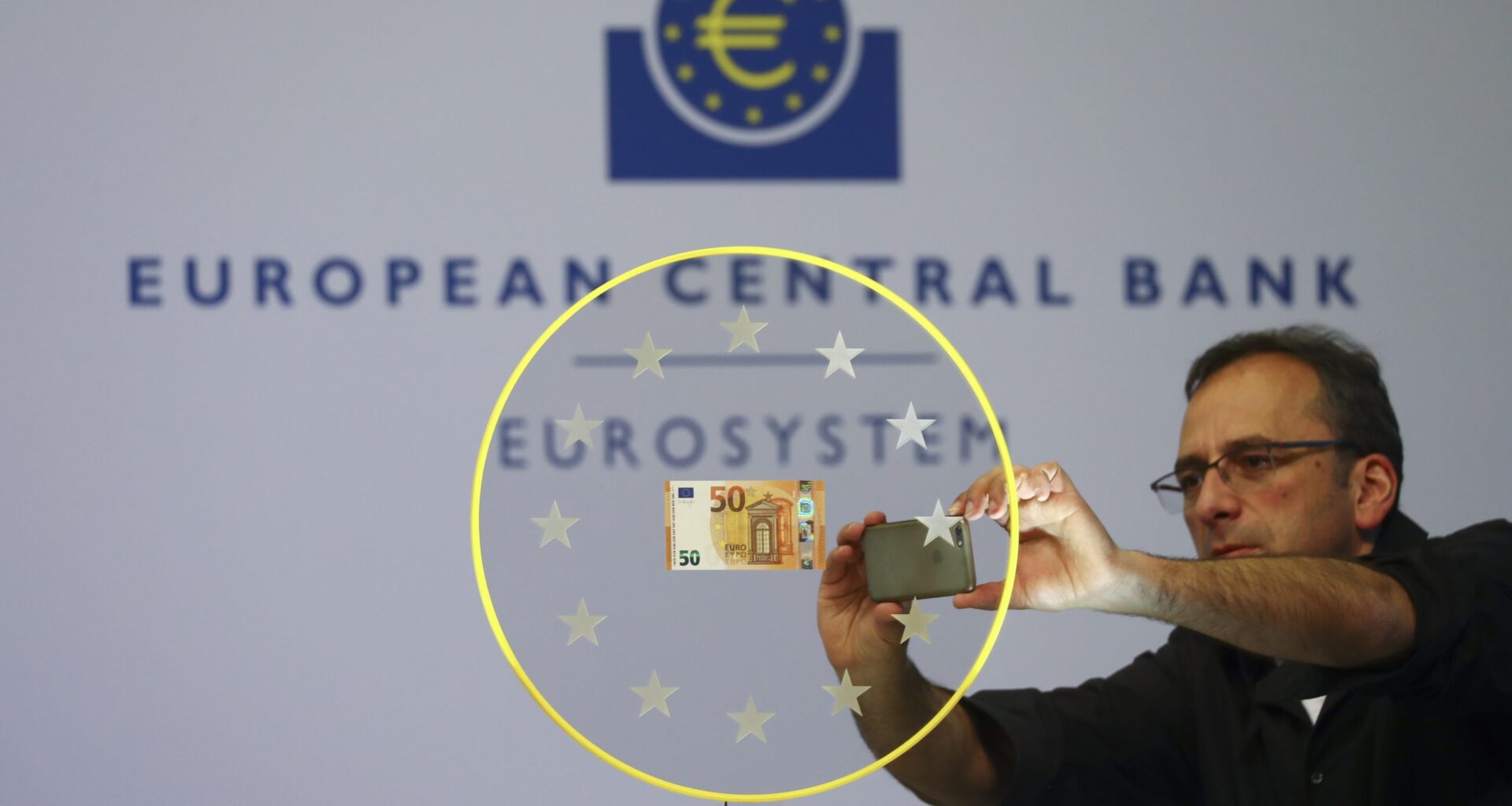The European Central Bank is pushing ahead with plans to issue a digital euro. In contrast, the US House of Representatives recently passed the Anti-CBDC Surveillance State Act that would prohibit the Federal Reserve from issuing a digital dollar without authorization from Congress.
It’s a common transatlantic divergence, mirroring the US versus European differences about innovation and the role of regulation. For Americans, a central bank digital currency raises the risk of tech-enabled government overreach. The US prefers to spur private sector financial innovation and supports private cryptocurrencies. In contrast, Europe recoils at the risk of a Wild West private currency and sets clear boundaries, encouraging public institutions to fill the gap.
Central bank digital currencies should not be confused with cryptocurrencies, which the US is moving fast to integrate into its financial system. A digital euro or dollar is a centralized digital token that holds value and is electronically linked to a specific owner. Crypto stablecoins are privately issued and supposed to maintain a one-to-one peg with the dollar or another currency. They are not official government-issued money, and their ownership is not fully transparent.
Both central bank digital currencies and stablecoins promise to make financial transactions faster, more efficient, and less costly than traditional payments. They settle near-instantly, including across borders, eliminating the lag between sending and receiving funds. They also offer a substantial reduction in transaction fees. Credit card networks typically charge between 2.5% and 3.5% per transaction, while stablecoin fees range from just 0.1% to 0.15%.
A digital dollar, designed for everyday use by the general public, could deliver many of the same advantages as stablecoins, with the added assurance of being issued directly by the Federal Reserve. Yet a digital dollar seems unlikely. The Anti-CBDC Act not only blocks the issuance of a digital dollar by the Federal Reserve. It even prohibits research into one.
Congressional critics express concerns about the potential of surveillance. Digital dollars could allow the government to track the flow of money and monitor the transactions of citizens. The critics worry that money could be “switched off.” Lawmakers in Congress pointed to the 2022 protests in Canada, when the Canadian government allowed for protesters’ bank accounts to be frozen.
Get the Latest
Sign up to receive regular Bandwidth emails and stay informed about CEPA’s work.
Across the Atlantic, few fears exist about a central bank digital currency provoking unwanted surveillance. The EU has demonstrated its commitments to privacy through its General Data Protection Regulation, which protects citizens’ personal data. Trust in the EU stands at the highest level since 2007 and trust in the euro is at an all-time high. The EU claims that the digital euro will ensure privacy by separating citizens’ identity from payment data and limiting the amount of information stored in the banking system.
A digital euro, European boosters assert, is safer than privately issued stablecoins. As evidence, they point to the 2022 collapse of TerraUSD, which failed to maintain its peg to the dollar. Cryptocurrency theft is another issue. As of June of 2025, hackers have stolen $2.17 billion from cryptocurrency services, with a growing share of these thefts occurring from personal wallets.
The European Central Bank touts the benefits of a digital euro as a convenient supplement to physical cash but not a replacement. It says the digital euro will be “free of charge” and will simplify everyday transactions.
The US may not end up banning a central bank digital currency. Many lawmakers view the Anti-CBDC Act as too broad, and its fate remains uncertain as it heads to the Senate. Unlike other crypto bills, the Anti-CBDC Act did not receive bipartisan support, passing by a slim margin of 219 to 210 votes.
Instead of a complete ban on digital dollars, the US could take a middle road. It could ban a surveillance-prone retail digital dollar but allow for a wholesale digital dollar. This would protect the general public, while allowing banks and other financial institutions to reap the benefits of this new technology.
At stake is competitiveness of the financial sector. A wholesale digital dollar would offer a cost-efficient way to speed up cross-border payments, reduce reliance on intermediaries, and unlock a 24/7 global settlement window. More than 98% of central banks around the globe are already researching, piloting, or deploying digital currencies, so the US could find itself missing out on introducing an important financial instrument. As Europe and the rest of the world move forward, the US risks falling behind.
Adam Wozniak is a master’s student in Russian and Eastern European Studies at Harvard University and holds a bachelor’s degree in Government from Georgetown University.
Melanie Girod is a French Master’s student in Public Policy at the University of California, Berkeley, with a background in accounting and finance at tech startups in San Francisco.
Bandwidth is CEPA’s online journal dedicated to advancing transatlantic cooperation on tech policy. All opinions expressed on Bandwidth are those of the author alone and may not represent those of the institutions they represent or the Center for European Policy Analysis. CEPA maintains a strict intellectual independence policy across all its projects and publications.
Read More From Bandwidth
CEPA’s online journal dedicated to advancing transatlantic cooperation on tech policy.

